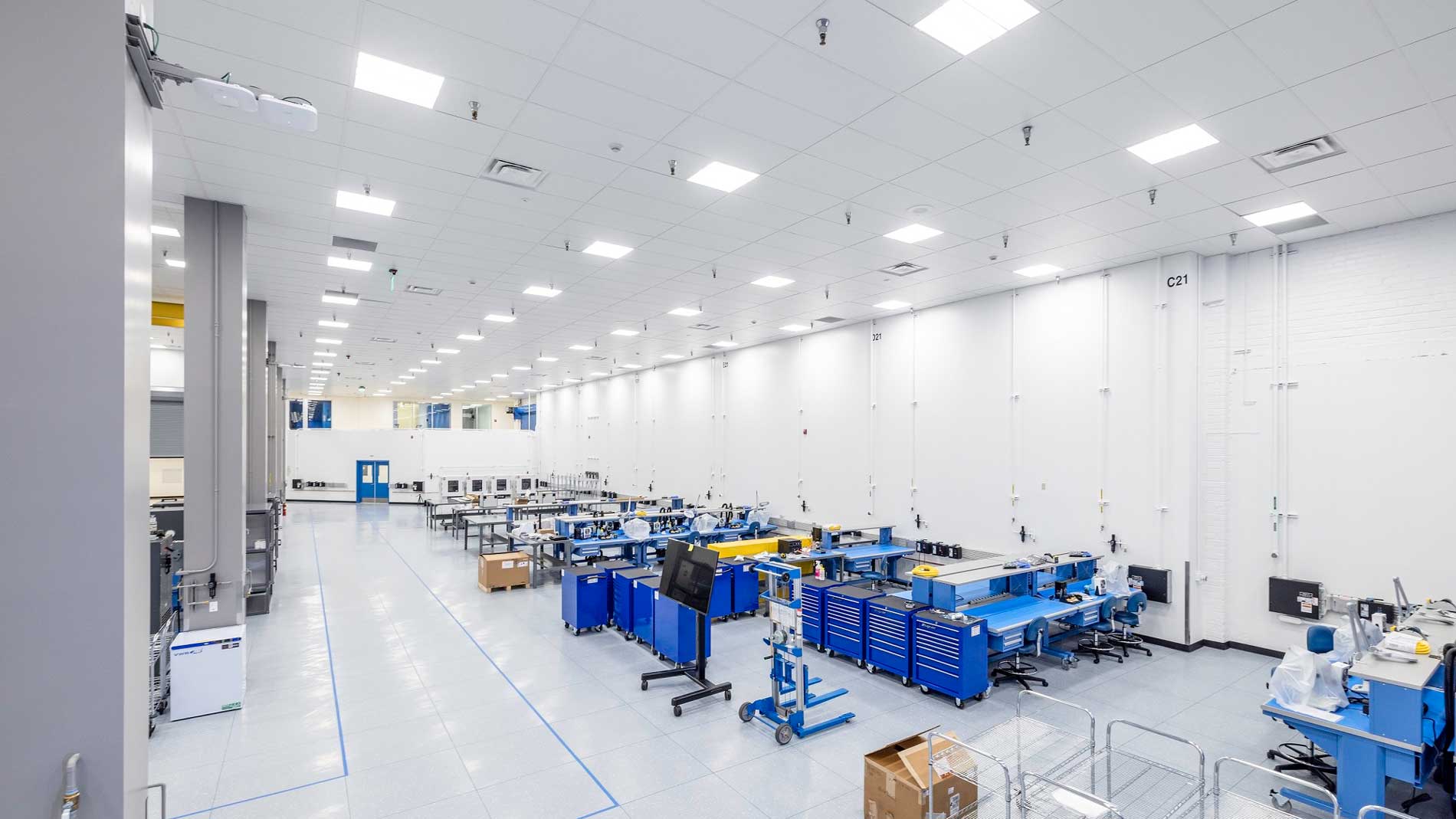16 May 2022
Boeing unveiled a new high-throughput small satellite production, integration and test facility designed for efficiency and rapid delivery timelines. Housed in the world’s largest satellite factory, Boeing’s 1-million-square-foot El Segundo facility (92,903 square meters), the small satellite production line will be powered by Boeing subsidiary, Millennium Space Systems.

“Boeing and Millennium are bringing together Boeing’s production expertise, domain knowledge, and manufacturing capacity with Millennium’s agility and rapid prototyping,” said Jim Chilton, senior vice president of Boeing Space and Launch. “We’re scaling and growing to fulfill our customers’ vision for multi-orbit constellations with demand across markets and mission sets.”
The companies are applying advanced and additive manufacturing techniques, including 3D printing entire space-qualified satellite buses, to offer faster cycle times while improving performance.
“Our customers need satellites on-orbit faster than ever,” Chilton said. “Much like an airplane or auto production line, we’re employing lean production principles and advanced manufacturing techniques to accelerate delivery and pass on cost savings to our customers.”
Boeing will provide access to extensive environmental and specialty testing capabilities that have qualified some of the most iconic spacecraft, including the first vehicle to make a fully controlled soft landing on the moon and more than 300 satellites.
Designed to build small satellites for different security levels on the same assembly line, the digitally-defined small satellite factory incorporates model-based systems engineering, digital design engineering, and design for manufacturability.
Initial operating capability took place in September 2021, and the small sat factory’s full operational capability is expected in late 2022.
Tags
- Additive Manufacturing
- Aviation and aerospace
